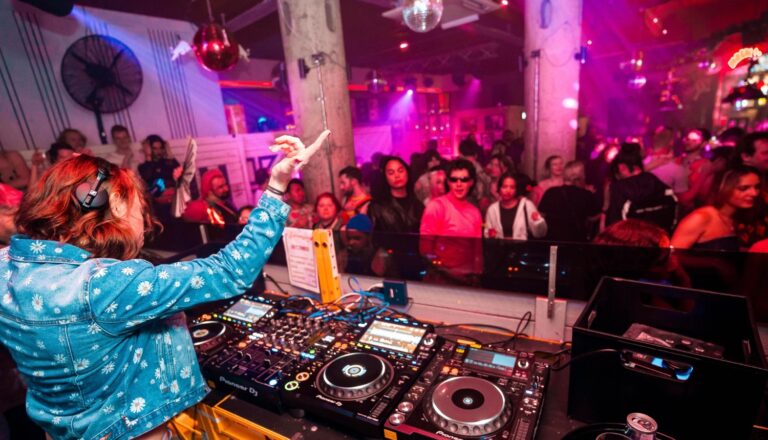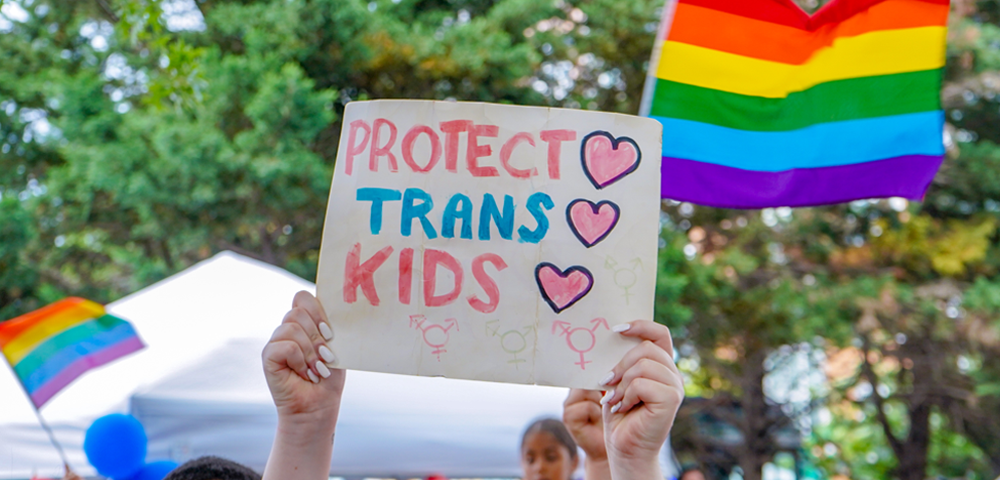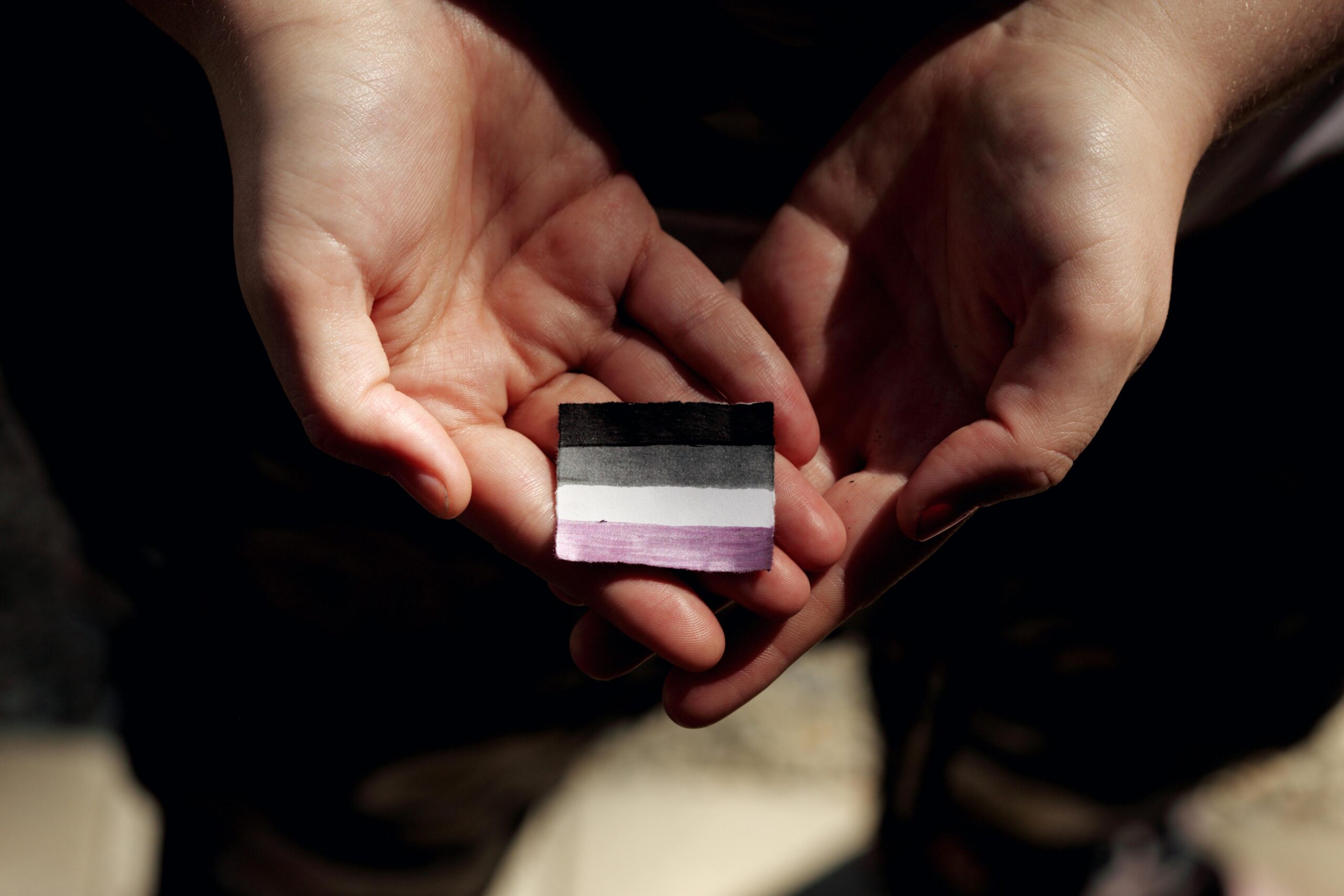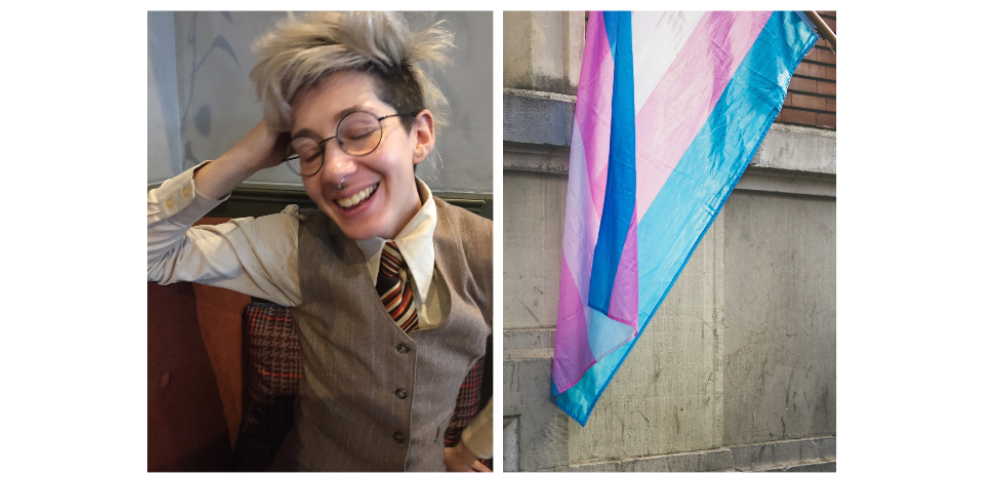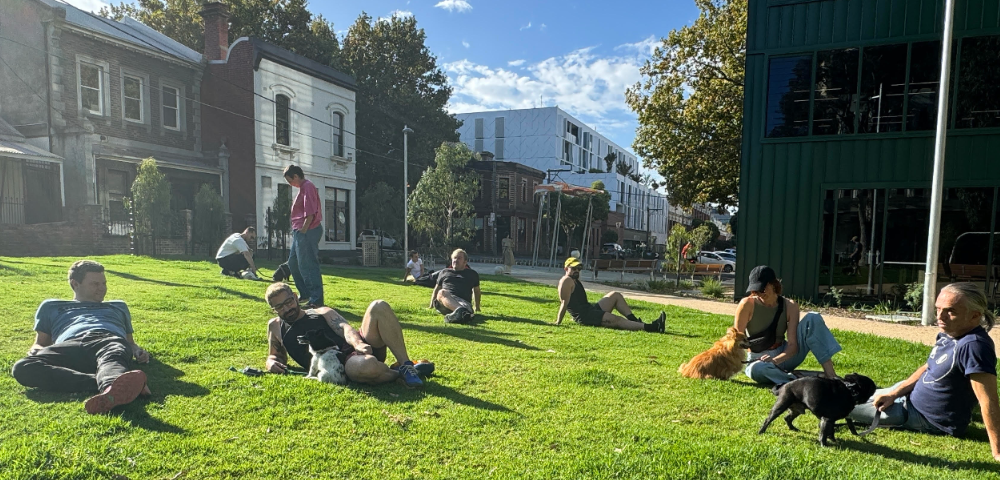
With Anzac Day approaching, and major remembrance services to be held around the nation, it is worth remembering that many lesbians and gay men have served their country in its times of crises.
While a former president of the Victorian RSL, Bruce Ruxton, famously stated, “I don’t remember any queers or poofters. I don’t know where all these gays and poofters have come from. I don’t remember a single one from World War Two”, this is far from the truth, as various books now tell us a very different story.
We know little about homosexual soldiers in colonial times or in the early years of the 20th century — its illegality and ‘shame’ hid any open discussion of it — but there are some glimpses.
While it is not known how many men might have been rejected from military service, having been perceived as homosexual at their medical tests for induction into the armed forces, the available evidence would indicate that this was a relatively insignificant number.
Indeed, the evidence is much stronger that most homosexually-inclined men who wished to fight did in fact get into the forces. They simply kept that aspect of their life hidden: in the terminology of the time, they acted ‘square’.
Ironically, the existence of stereotypes of homosexuals as effeminates could also have some unexpected advantages during war. Thus most soldiers wouldn’t presume that the man sleeping in the next bunk, on watch beside them in the foxhole, fighting beside them on the battlefield, going on leave and getting drunk with them, could be a homosexual, because he didn’t conform to the stereotype.
The existence of these stereotypes then, paradoxically, acted to protect from suspicion many homosexuals who joined up. And thousands of them, like their heterosexually-inclined counterparts, did join up.
One story from World War One comes from Viewless Winds, the memoirs of a reputable medico, Dr Herbert Moran:
“We had for a contemporary a big chunk of a man whom we admired for his qualities of grit and rugged determination. He was not a great exponent [of football], lacking the speed and cleverness necessary for the first flight, but in a tight corner he shone resolute and inspiring. When the war came he responded promptly, displaying the same qualities in the ranks as with his team.
What a great try-out is the football ground!
“This man, somewhat clumsy but amazingly strong, never flinched in either sport or war. He was wounded but volunteered a second time from Australia. Then one day we heard, to our dismay, that he had been arrested for soliciting boys in the streets; this masculine hero who had faced barbed wire and machine guns in France was a homosexualist.”
Robert French’s Camping by a Billabong tells of several cases, one of which was that of the unfortunate ‘First Class Boy’, 14-year-old Seaman William Amy, who was dishonourably discharged from the Australian Navy for his homosexual practices.
We know much more from the WWII era. Another story from Camping by a Billabong is of Stoker Riley, who was murdered by two fellow crewmen on the HMAS Australia in March 1942 — because, it was alleged, he was blackmailing them for their “certain alleged practices of unnatural vice”.
And John Barrett’s We were there: Australian Soldiers of World War II, has many examples, not only of homosexuals as soldiers, but of some of them committing acts of great bravery: one contributor to the book gave grudging admiration to ‘a queer’ who during an escape from a POW camp in Austria “strangled a German guard with the piece of phone cable”. And as Barrett himself notes, “the homosexual, of course, could be as effective a soldier as anyone else”.
Yet for homosexuals, the war created a major paradox: for them it was the perfect homoerotic setting — an all-male environment, with all the possibilities that that entailed. Yet if they were caught pursuing their desires, they would suffer the full consequences of official disapproval. The sensible response was to not get caught out in one of the taboo activities: a sexual or love relationship.
Yet, another contributor to the Barrett book, an artillery captain who won the Military Cross, noted, “We had cases of homosexuals falling in love. In the interests of general happiness we re-arranged some room occupants and eventually got all homos in one block”.
While this may have been partly to quell any nervousness on the part of the majority — homosexuals after all were supposed to be predatory perverts — it was a reasonably humane solution, and one that the ‘homos’ probably didn’t object to! At least they might not have to leave their hut to find ‘others like themselves’: indeed, for these men the war may have been less sexually austere than it was for their heterosexual counterparts.
And one legacy of that war was that those who had managed to meet others like themselves during the war often kept in contact after it was over; one of the private ‘camp’ clubs that emerged in Sydney some years later — the Diggers — was built, as its name implies, on a network initially established during the war years.
INFO: Garry Wotherspoon is a Sydney-based writer and historian, whose books include City of the Plain: History of a Gay Subculture.

